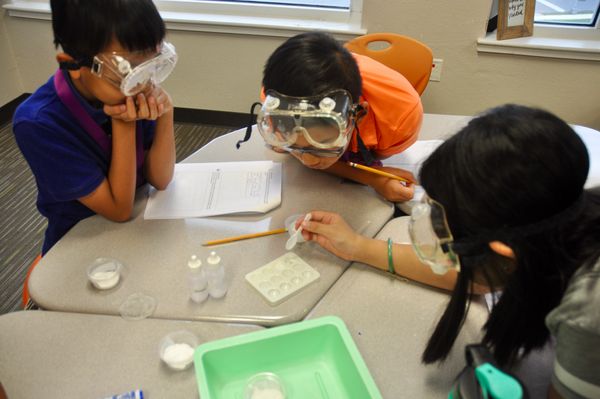When it comes to science education, instructional materials play a pivotal role in shaping students' learning experiences. The right materials can make science come alive, engaging students in meaningful and rigorous ways that foster a deep understanding of the subject matter. To help educators evaluate and choose the best instructional materials for their classrooms, a comprehensive rubric has been developed for grades K-12. This rubric assesses materials on four key indicators, each of which is crucial for delivering high-quality science education. Let's delve into these indicators and understand how they contribute to effective science instruction.
Indicator 1: Addressing the Three-Dimensional Nature of the Revised TEKS
The Texas Essential Knowledge and Skills (TEKS) for Science have been revised to emphasize the three-dimensional nature of science education: Science and Engineering Practices (SEPs), Reoccurring Themes and Concepts (RTCs), and Disciplinary Core Ideas (DCIs). Instructional materials must align with these TEKS to ensure students receive a well-rounded education in science.
Indicator 2: Creating Meaningful and Rigorous Learning Experiences
Quality instructional materials should provide students with opportunities to engage deeply with scientific concepts and practices. These experiences should encourage students to think critically, solve problems, and make connections between theory and real-world scenarios.
Indicator 3: Assessment
Assessment is essential for gauging students' understanding and progress. Quality instructional materials should include various forms of assessment that align with the standards and provide insights into student thinking.
Indicator 4: Teacher Support
Quality instructional materials should support teachers in effectively implementing science education. This support should be comprehensive, user-friendly, and time-saving.
This rubric, developed by professors at the University of Texas at Austin, offers a comprehensive framework for evaluating science instructional materials. Educators can use it as a guide to select materials that align with the three-dimensional nature of science education, create meaningful learning experiences, include effective assessments, and support teachers in delivering high-quality science education. By adhering to these criteria, educators can ensure that their students receive the best possible science education, setting them on a path to becoming critical thinkers and lifelong learners.

